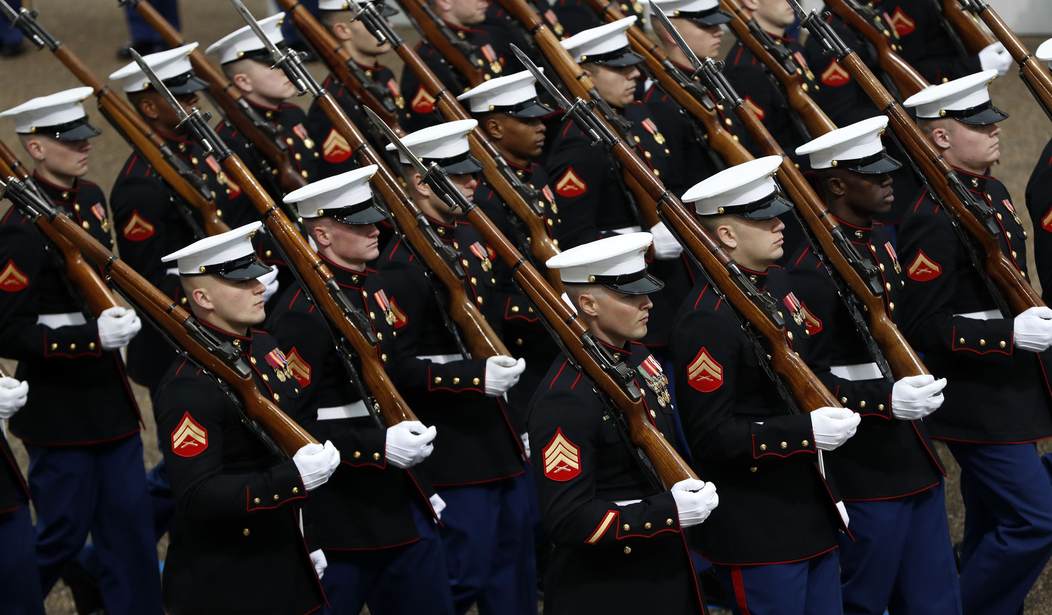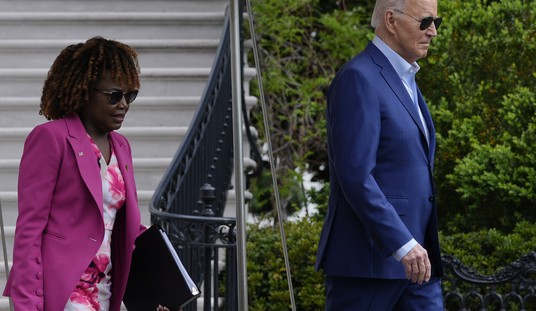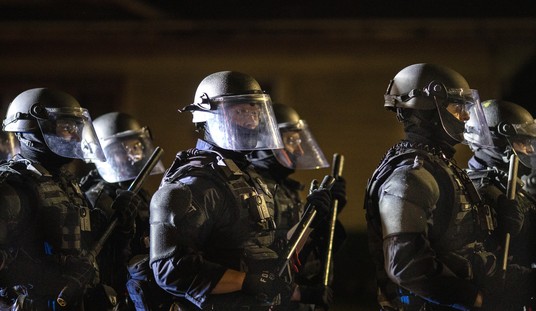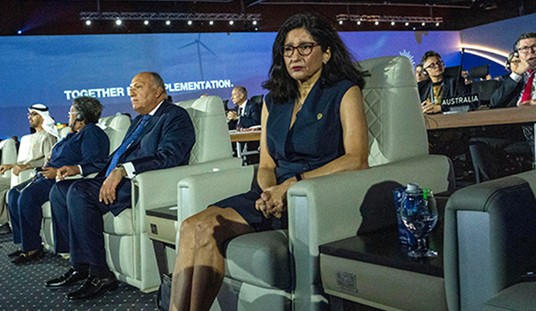Semper fidelis – always faithful – is the motto of the US Marine Corps, and the song written by John Philip Souza is considered the official march of the Marines. “Semper fi” is indelibly imprinted on the brain stem of every Marine who has ever served. There are no ex-Marines; there are only former Marines (once a Marine, always a Marine). Core values include honor, courage, and commitment which, when combined with faithfulness and loyalty to God, family, and country make the Marine Corps a formidable opponent of any adversary. Who could ever forget the iconic photograph of those six Marines raising the American flag on Iwo Jima in February 1945?
The Corps is truly one of our elite institutions, having fought America’s wars since its founding in 1775. Marines have been deployed continuously these last 17-plus years to fight wars in the Middle East, too. To date, there have been 4,359 Marines killed and 30,277 wounded in Afghanistan and Iraq. Some gave all, but all gave some, and our debt to them can never be repaid.
But the Marines are never solely focused on the current threat, regardless of the necessary reshaping of tactics, weaponry, and technology that occurred in order to deal with the elusive and persistent adversaries in the Middle East. Their strategic planning and preparation focus is shifting to a far different type of adversary with near-peer capabilities.
President Trump has been trying to extract US military forces from the Middle East and shift defensive burdens to in-theater allies such as Israel, Turkey, Saudi Arabia, and the government of Afghanistan. He recognizes that the real long-term military threat to the US is half a world away in East Asia – the People’s Republic of China.
Thanks to the policies of globalist politicians in America and elsewhere, the Chinese have been bankrolled through the largest transfer of wealth from the free world to a Communist country in history. “Free trade” was anything but free for US blue collar workers in American industries that were offshored to China and elsewhere over the past 50 years after China was “opened” by Richard Nixon and Henry Kissinger in 1972. (Kissinger has been “making bank” on globalism ever since – at the collective expense of Americans.) Their positive trade surplus with the US has been diverted to an extensive military buildup to the point that the People’s Liberation Army (PLA), People’s Liberation Army Navy (PLAN), People’s Liberation Army Air Force (PLAAF), and People’s Liberation Army Rocket Force (PLARF) have achieve near-parity with the US military in just two generations (36 years).
The Chinese have been buying and stealing US technology and intellectual property for decades while reverse engineering stolen plans for Chinese applications and systems. They are continuing to build and equip PLAN ships with modern C4ISR systems and weapons, including hypersonic missiles. The surveillance and targeting capabilities of Chinese ISR satellites continue to be upgraded, with coverage extended far beyond the coastal areas of mainland China.
The US military has analyzed and wargamed potential US-China conflicts for years now, especially in future force-on-force scenarios, resulting in new US strategies, plans, and technology and force requirements to deal with the rising threat from the PLA. The Marine Corps has begun a vigorous long-term transformation of capabilities in order to deal with the evolving Chinese threat, as excerpted here:
The Marine Corps is undertaking its most sweeping transformation in decades, pivoting from a focus on fighting insurgents in the Middle East to developing the ability to hop from island to island in the western Pacific to bottle up the Chinese fleet.
The 10-year plan to revamp the Corps, scheduled to be unveiled this week, follows years of classified U.S. wargames that revealed China’s missile and naval forces to be eroding American military advantages in the region.
“China, in terms of military capability, is the pacing threat,” Gen. David Berger, the Marine Corps commandant, said in an interview. “If we did nothing, we would be passed.”
Before he resigned in December 2018, Mr. Mattis oversaw the development of a new national defense strategy, which asserted that the long-term competition with China and Russia was the Pentagon’s top priorities and cast North Korea, Iran and terrorists as lesser dangers.
The current Pentagon leadership remains committed to the strategy, which has spawned a new vernacular, including concepts like “joint all-domain command and control”—a targeting and command-and-control system that would connect all forces on the battlefield.
For the Marines, the new Pentagon strategy raised questions about whether it should adapt for a toe-to-toe fight against China or should concentrate on lesser but still challenging dangers.
“The wargames do show that, absent significant change, the Marine Corps will not be in a position to be relevant” in a clash with a “peer competitor,” said Lt. Gen. Eric Smith, who succeeded Gen. Berger as the head of that command.
Gen. Berger’s answer was to reconfigure the Corps to focus on a China threat. The Marines would fight within reach of Chinese missiles, planes and naval forces to blunt any aggression. While other services might lob missiles from long range, the Marines, in military parlance, would operate inside “the weapons engagement zone.”
The US National Defense Strategy focuses on near-peer adversaries like Russia and especially China. The essence of the Marines Corps plan to deal with China involves completely divesting its tanks and most artillery battalions in order to develop light mobility options to move among Pacific island chains as necessary by exploiting unmanned systems and mobile anti-ship missiles for support. According to GEN Berger, “By the year 2030, the Marine Corps will see complete divestments of Law Enforcement Battalions, Tank Battalions and associated Military Occupational Specialties (MOS), and all Bridging Companies. Additionally, the Corps will reduce the number of infantry battalions from 24 to 21; artillery cannon batteries from 21 to 5; amphibious vehicle companies from 6 to 4; and reduce tilt rotor, attack, and heavy lift squadrons.”
These are big changes which, if/when fully made, will radically change the Marine Corps and shift nearly all “heavy” capabilities – as well as dependencies in future conflicts for those capabilities – to the Air Force and Army. Given the push-back from some retired Marine general officers, it remains to be seen whether this transformation will be enacted.
Semper fi!
The end.














Join the conversation as a VIP Member